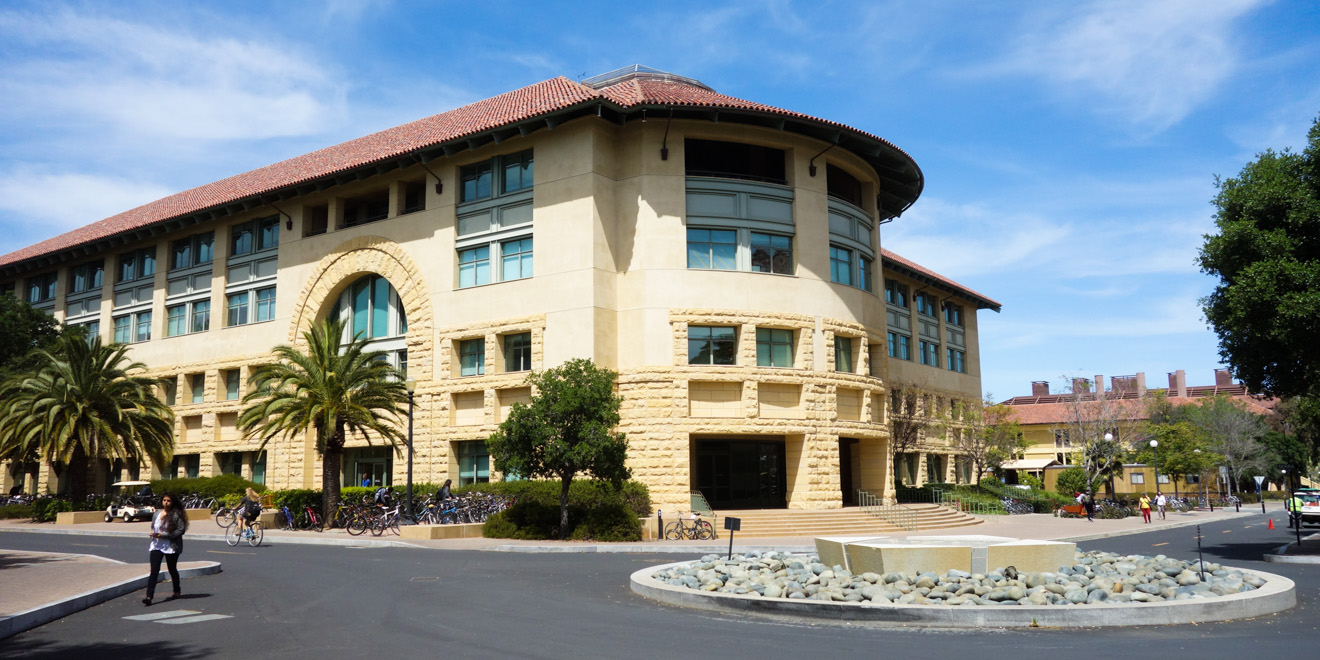The data for this article can be found at the Stanford Open Data Portal.
Less than halfway through 2020, Stanford and the world have undergone rapid change. Still, in this time of great uncertainty, we at The Stanford Daily Data Team want to take a step back and look at the more gradual changes that took place over the previous decade.
Stanford in the 2010s is a new series featuring data visualizations on how things changed (or did not change) in the University community. We will explore academics, athletics, social life and more. To leave suggestions, contact The Daily’s data team at data ‘at’ stanforddaily.com.
Undergraduate majors in the 2010s
Over the past decade, universities across the nation have seen their students increasingly major in disciplines like computer science and engineering. Stanford students are no different. The changing distribution of subjects in which students choose to major reveals insights as we navigate the digital age.
The graph above displays the percent change in degrees conferred by major for majors completed by more than 1% of graduating class members in the 2010s, starting with the 2011-12 school year because Stanford’s website does not share data for prior years. The percent change over the decade is calculated using the average value over the first three and last three years of data as the baseline and endpoint values in order to smooth out fluctuations in the data that do not reflect a broader trend. Bioengineering was first offered as a major in 2015-16. The University lists data for “engineering” degrees conferred each year on its website, but “engineering” is not a major and that data is thus excluded from consideration here.
STEM majors have taken a larger presence on campus. Almost every major with a positive percent change has been in a STEM subject, with philosophy as the lone exception. Perhaps this trend reflects the ever-increasing role of technology in our lives or the increased returns of STEM degrees in the labor market. Interestingly, it is two interdisciplinary majors — symbolic systems and mathematical and computational sciences — with the largest percent increases, suggesting students are latching on to the idea of exploring multiple fields within a major.
Maybe a bit more surprising is that computer science (CS) has not always been Stanford’s most popular major. In fact, human biology was ahead of CS until 2013-14. Since then, human biology has mostly trended downward. The graph above displays the change in number of degrees conferred between the 2011-12 and 2018-19 school years for the top 10 majors (by enrollment) at the University. After a series of rapid advances in CS at the end of the 20th century and during the 2010s, the excitement of majoring in the field had another burst at the end of the 2010s. For the class of 2019, 200 more degrees were awarded in CS than in any other subject. Stanford’s close relationship with Silicon Valley has without a doubt played a role in the heavy interest in CS.
Given the changes in students’ majors over the years, it is unsurprising that the number of bachelor of science (B.S.) degrees and the number of bachelor of arts (B.A.) degrees flipped between the beginning and end of the decade. It is worth noting that the number of B.S. degrees awarded overtook the number of B.A. degrees awarded in the 2013-14 school year, which was also the year in which CS became the most popular major. Another contributing factor to this trend is that human biology started offering a B.S. degree option in 2015-16. Previously, Stanford’s second-most popular major was exclusively offered as a B.A. degree.
These trends leave us to wonder what will happen as we enter the 2020s. The increasing popularity of CS seems unstoppable. But, as we saw in the past decade, is it possible that another field of study will emerge to capture the attention of even more students? Only time will tell.
May 8, 11 p.m. PT: This article has been updated to compute percent changes using 3-year averages for the baseline and endpoint values.
April 26, 10 a.m. PT: This article has been updated to note that human biology started offering a B.S. degree option in 2015-16.
Contact Sophie Andrews at sophie1 ‘at’ stanford.edu or The Stanford Daily Data Team at data ‘at’ stanforddaily.com.
